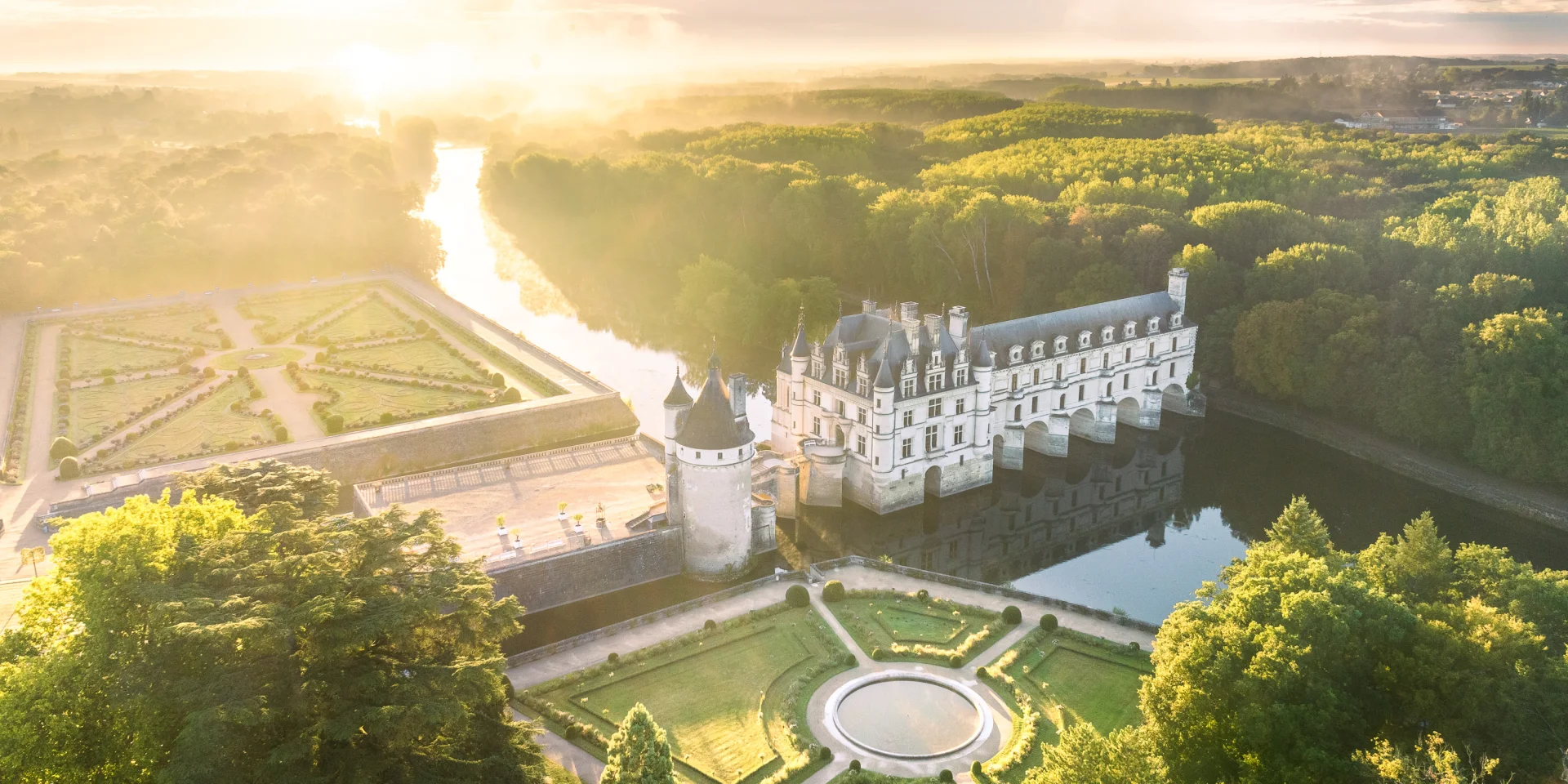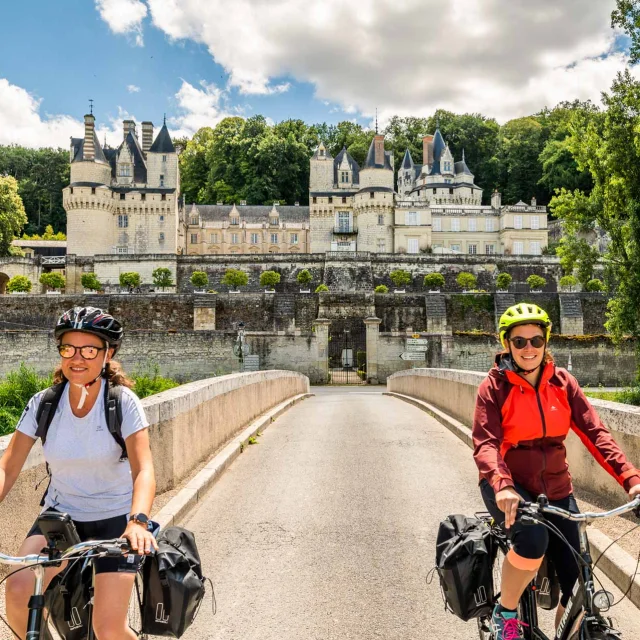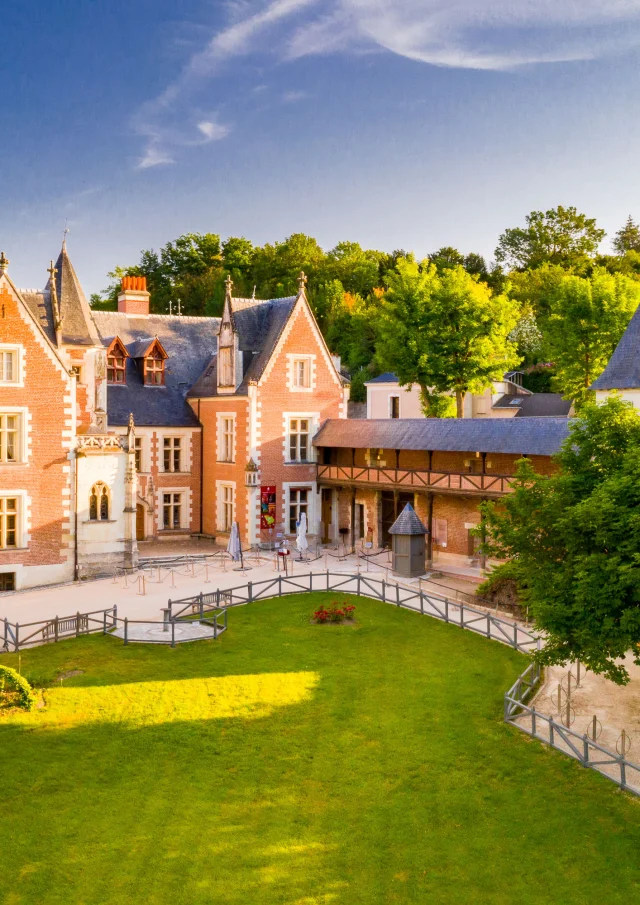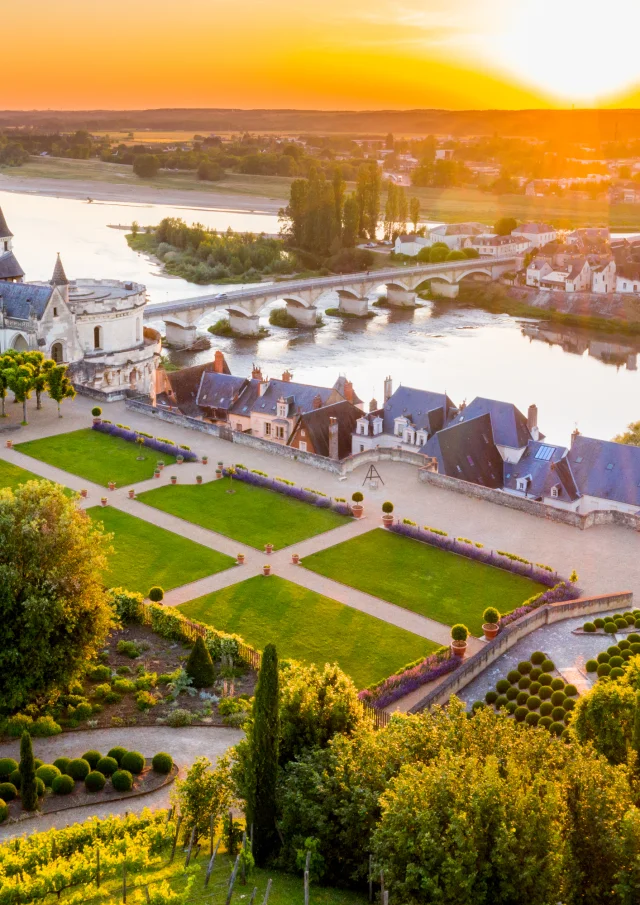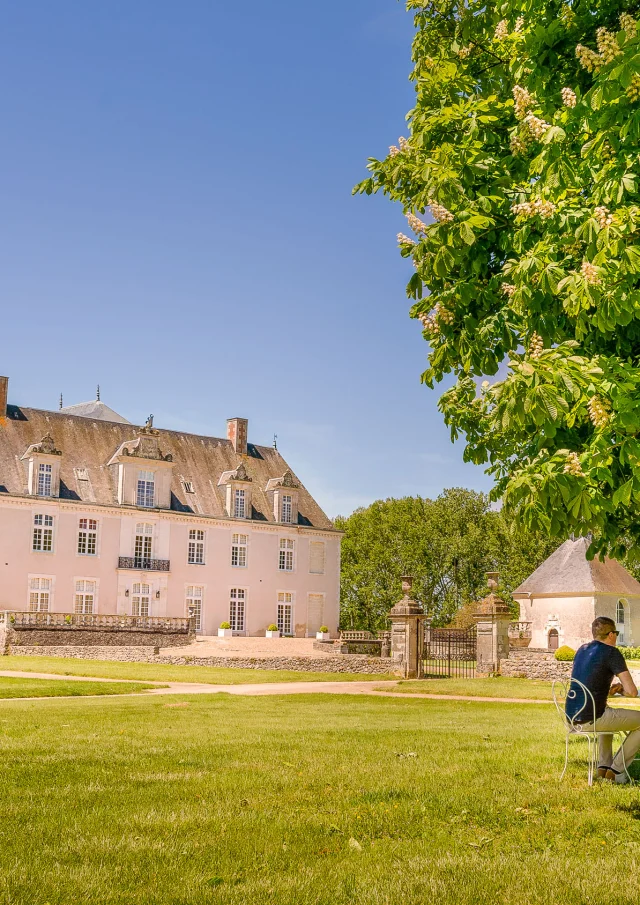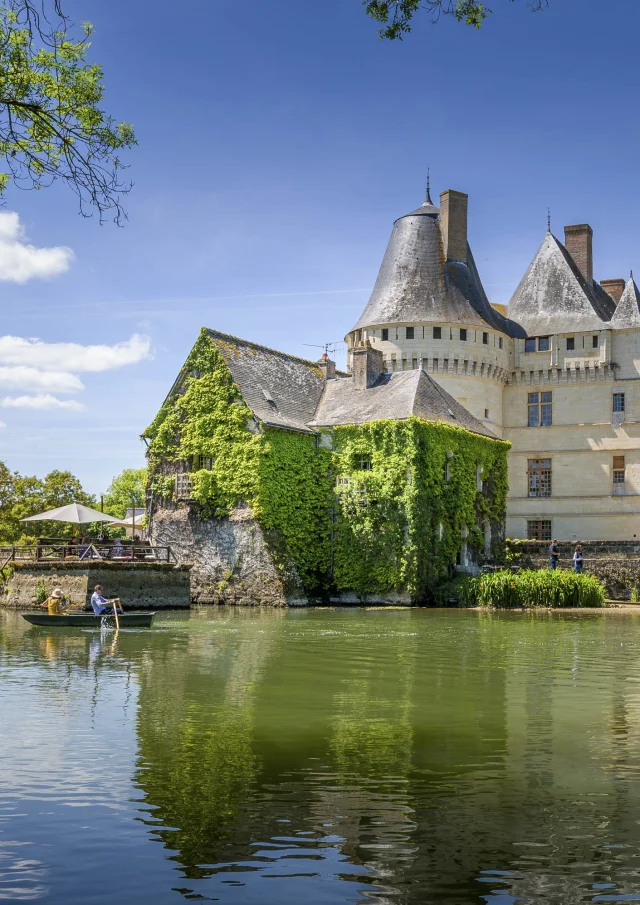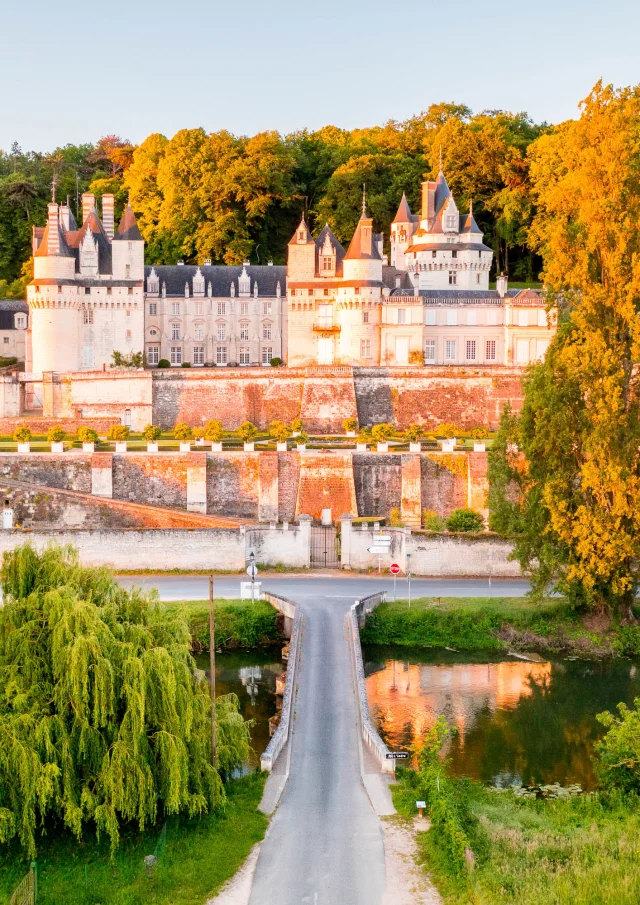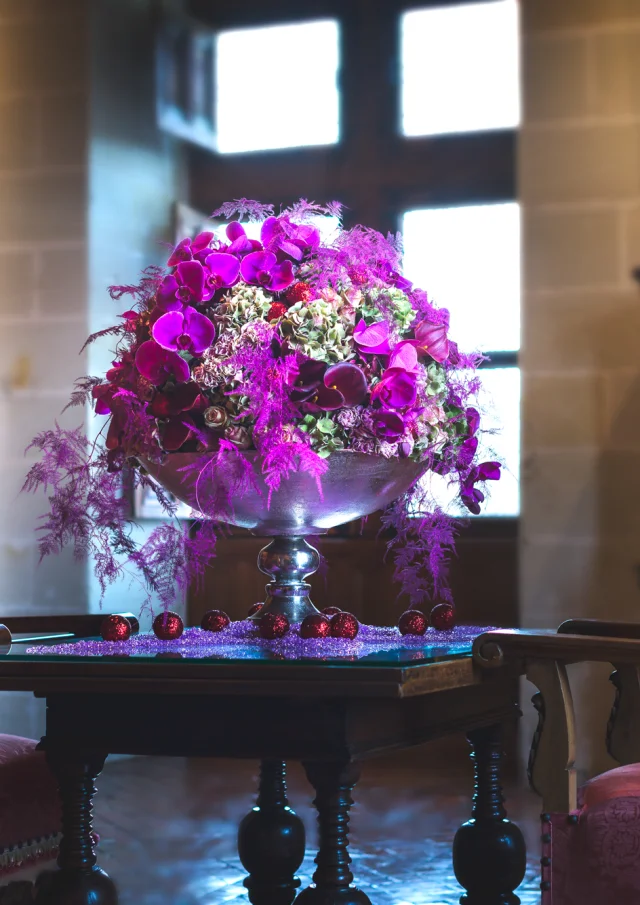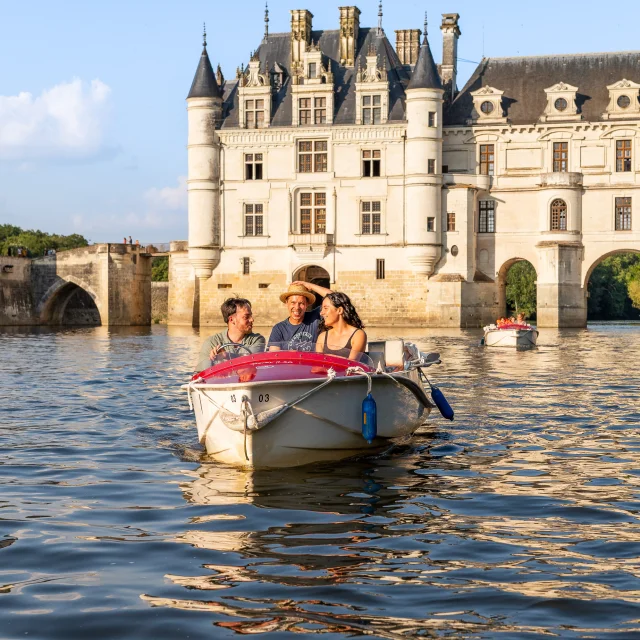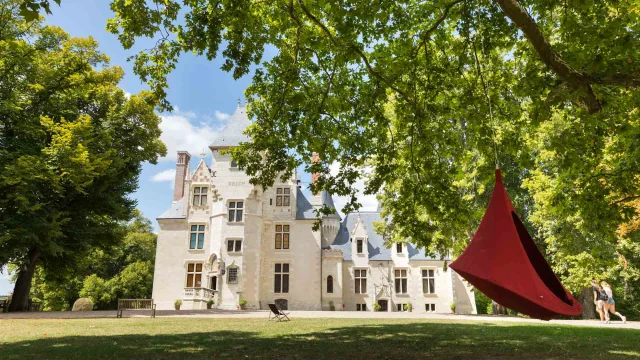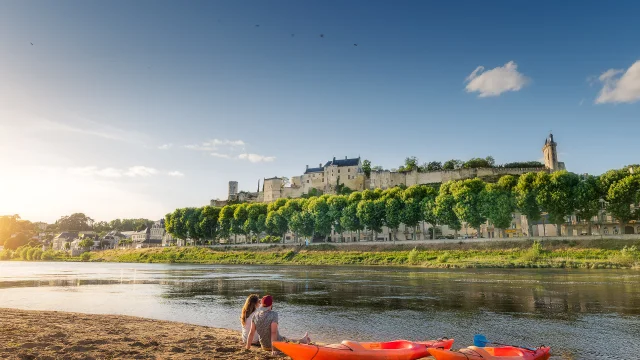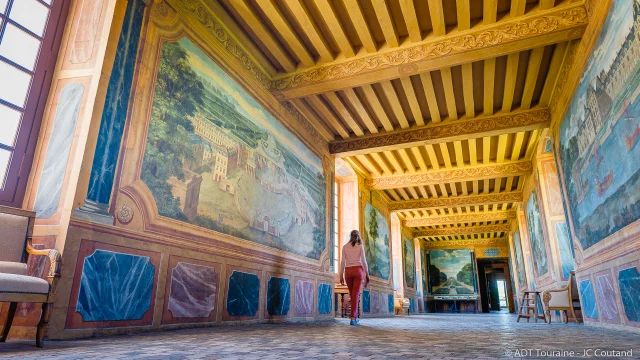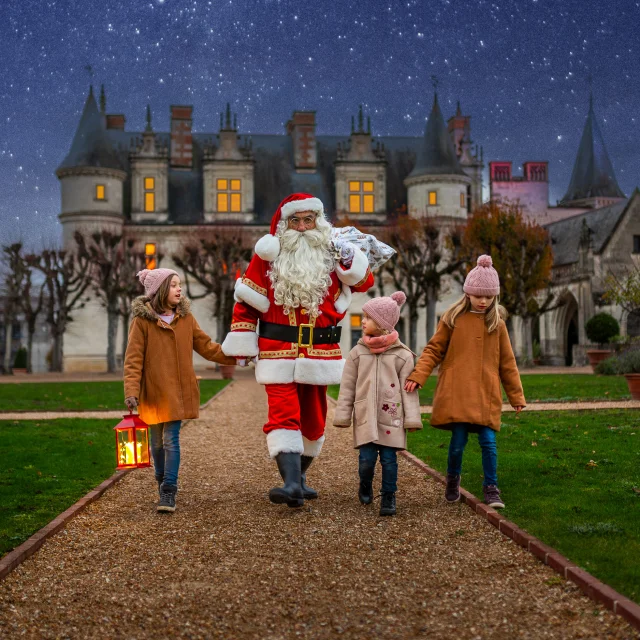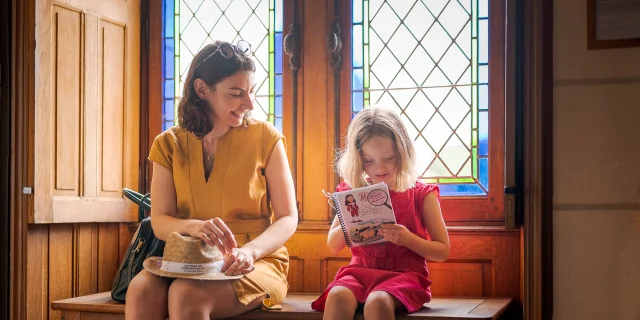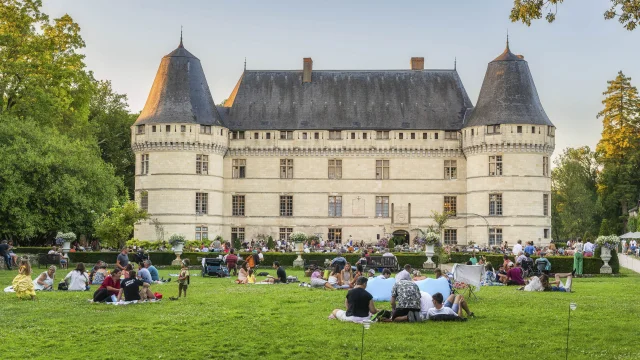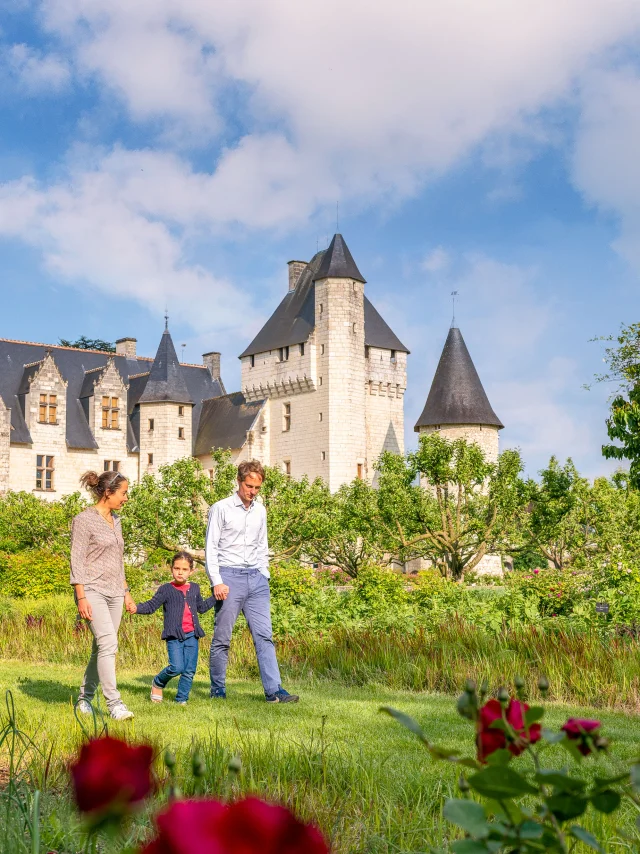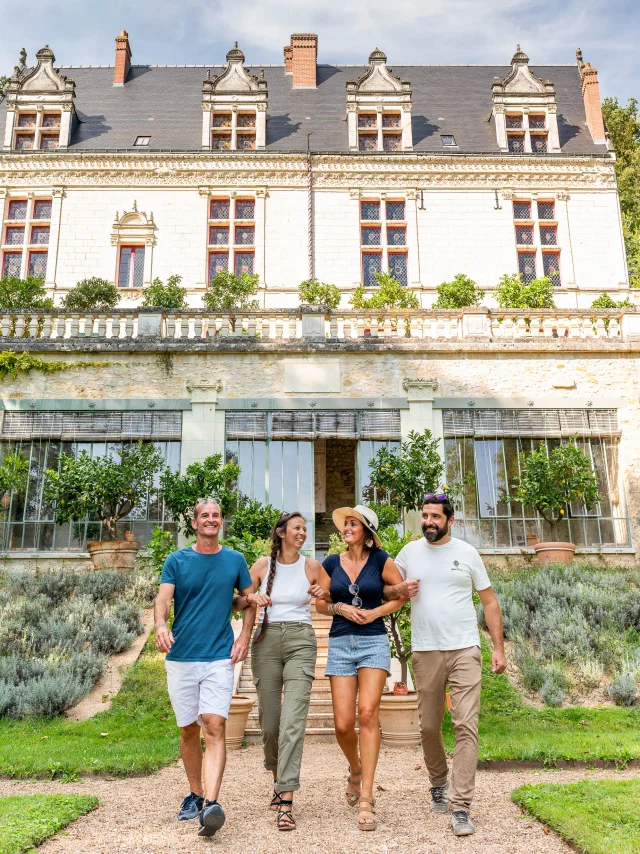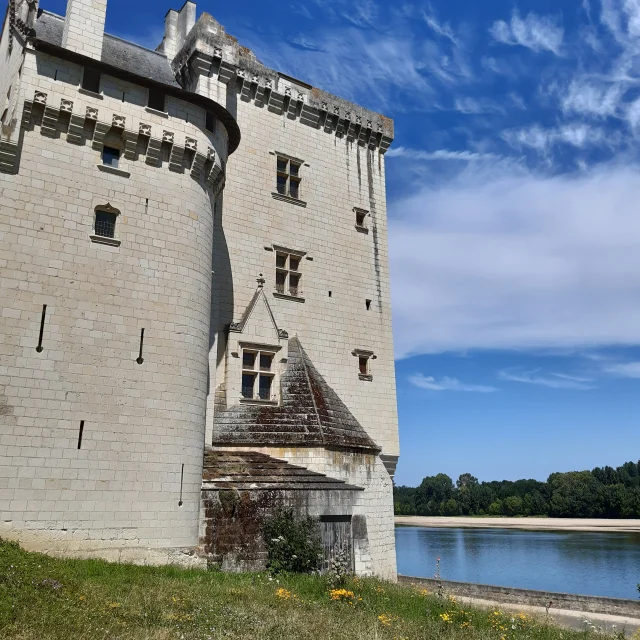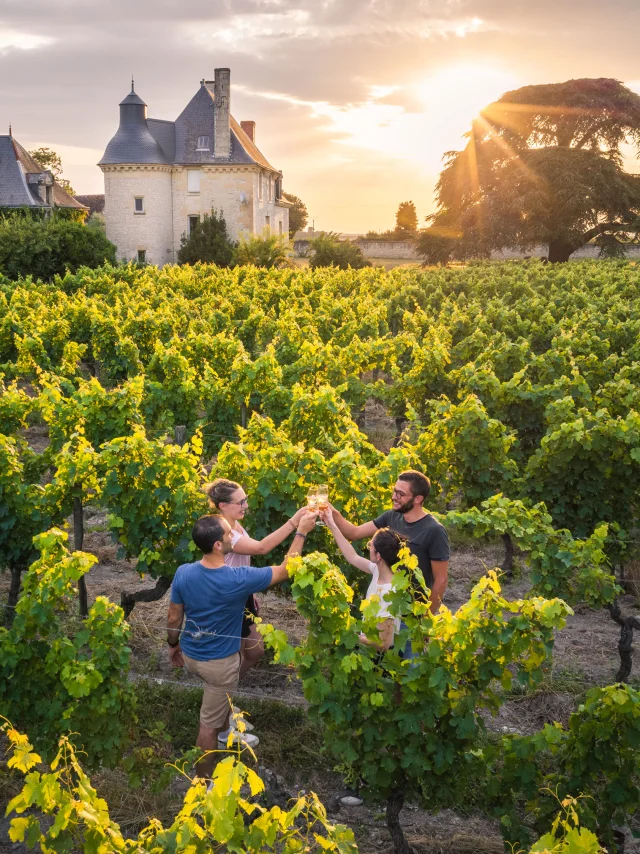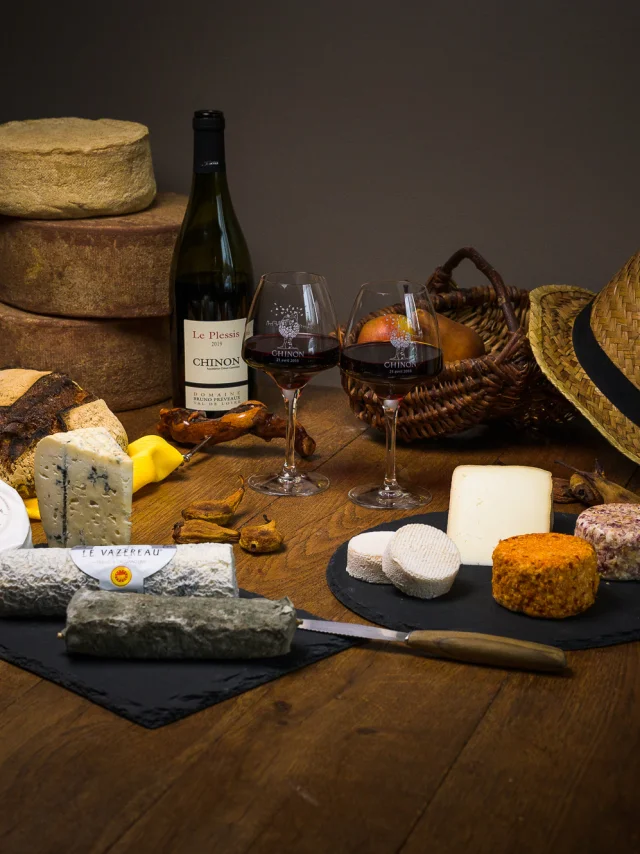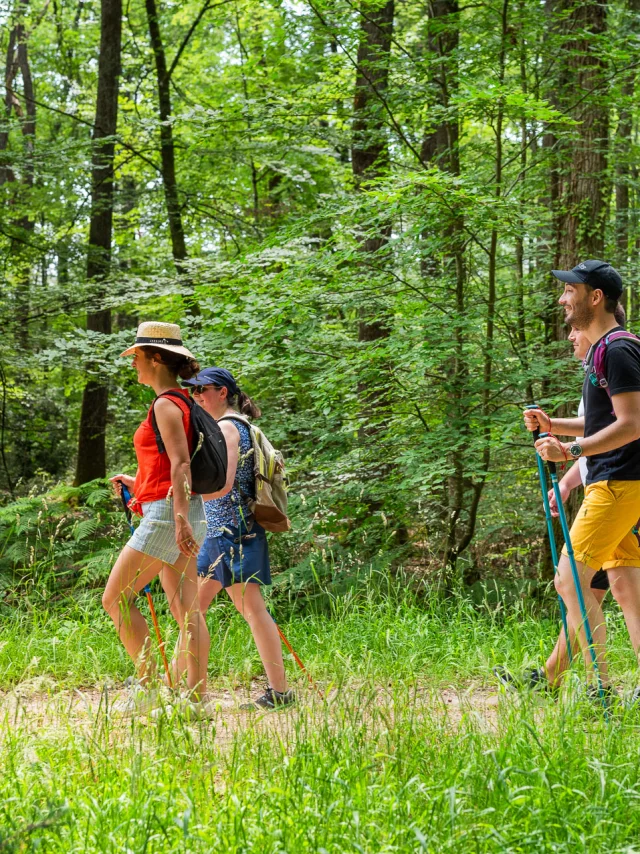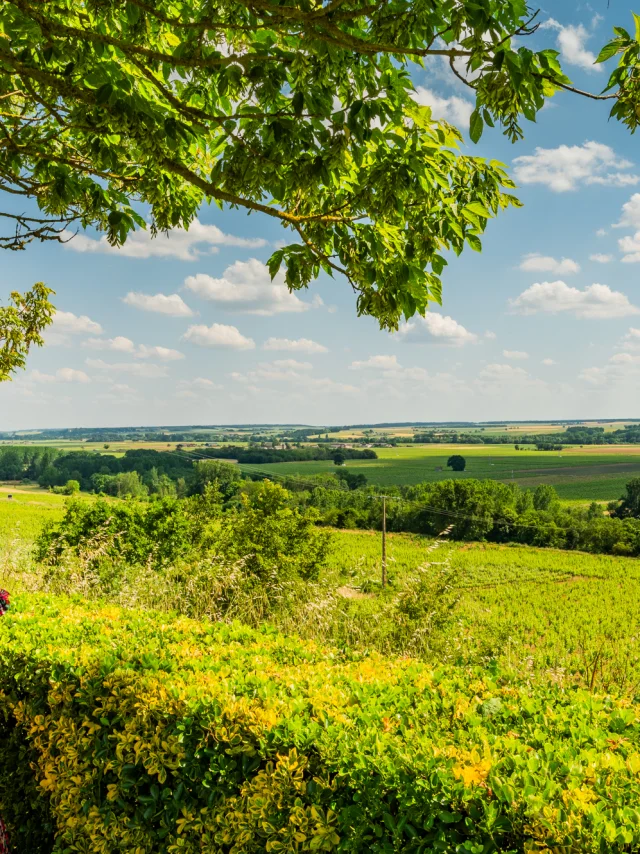Château Gaillard. Louis XII entrusted it to Dom Pacello, the famous landscape gardener of the Italian Renaissance, who acclimatised the first orange trees in France. Magnificent gardens are revealed along the “seven paths of paradise”. You can round off your visit with a tasty orange cake!
Royal Château of Amboise. François I, who built the Château de Chambord, spent part of his childhood in Amboise, before succeeding Charles VIII and Louis XII. The chapel of Saint-Hubert houses the tomb of Leonardo da Vinci, and a garden honours the memory of the Emir Abd el-Kader, who was held prisoner for 4 years in Amboise.
Château du Clos Lucé. Welcome to Leonardo da Vinci‘s last home. On the programme, discover the many models of his inventions, both in the château and in the grounds. Engineering, but also art, science, botany and town planning: Leonardo da Vinci’s genius was at home in many fields!
Château de Chenonceau. The famous château des dames, remarkable for its arches elegantly spanning the Cher river, is notably marked by the rivalry between Diane de Poitiers and Catherine de Médicis. On the death of Henri II, the latter reclaimed Chenonceau and offered Diane the estate of Chaumont-sur-Loire, near Blois.
Château d’Azay-le-Rideau. Visit a masterpiece of the early French Renaissance, reflected in a mirror of water fed by the Indre. Built by Gilles Berthelot, Treasurer of France, the château was later confiscated by François I and given to Antoine Raffin, captain of his bodyguards! On site, you’ll particularly appreciate the pretty English-style park and its majestic trees (Sequoia, Cedar, Tulip tree…).
Château de Villandry. The short-lived property of Jérôme Bonaparte, the Château de Villandry is best known for its splendid gardens, in particular its Sun Garden and Renaissance kitchen garden. Like the Royal Château of Amboise, the estate is also a refuge for the French League for the Protection of Birds. The art of living takes on its full meaning here as you stroll along the avenues, and extends to the interior of the château, through its furnishings, décor and atmosphere.
Château d’Ussé. Built on the banks of the River Indre, this château inspired Charles Perrault to write Sleeping Beauty! In fact, the tour includes some scenes from the fairytale. But above all, this monument will be remembered for its great elegance, just like the gardens created by André Le Nôtre, Louis XIV’s famous gardener, who is also responsible for the gardens at Versailles, Vaux le Vicomte and Chantilly.
Château de Montrésor. Marked by the presence of Xavier Branicki, a wealthy Polish count in exile and friend of Jérôme Bonaparte, this historic monument hides a large collection of objects that plunge us into multiple stories. An Ali Baba’s cave in a beautiful setting, in the centre of one of France’s most beautiful villages.
Château de l’Islette. A favourite rendezvous for Camille Claudel and Auguste Rodin, who made sweet love here in the peace and quiet of the Indre. Boats are available for hire, so you can enjoy canoeing in the heart of a beautiful, romantic park.
